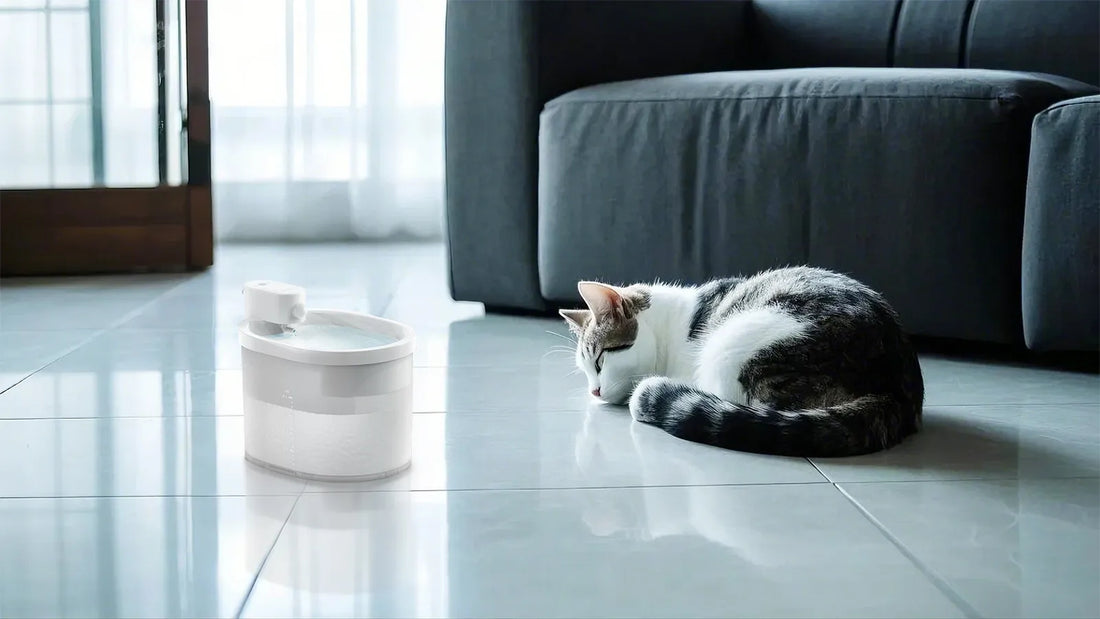Understanding the Basics of Litter Box Training
Training an adult cat to use a litter box is a process that requires patience, understanding, and consistency. Unlike kittens, adult cats may have established habits or preferences that make the transition more challenging. However, with the right approach, most cats can learn to use a litter box effectively.
Start by observing your cat's behavior. Does your cat already have a preferred spot for elimination? If so, placing the litter box in that area can make the transition smoother. Cats are creatures of habit, and they often prefer familiar environments.
Choose a litter box that suits your cat's size and preferences. Some cats prefer covered boxes for privacy, while others prefer open ones. The type of litter you use also matters. Experiment with different textures and materials to find one that your cat likes.
Setting Up the Litter Box
Once you've chosen the right litter box and litter, it's time to set it up. Place the box in a quiet, easily accessible location. Avoid high-traffic areas or places near loud appliances, as these can make your cat feel uncomfortable.
Make sure the litter box is clean. Cats are naturally clean animals, and they may avoid a dirty box. Scoop the litter daily and change it completely at least once a week. Regular cleaning will encourage your cat to use the box consistently.
If you have multiple cats, provide one litter box per cat plus one extra. This prevents competition and ensures that each cat has access to a clean box at all times.
Introducing Your Cat to the Litter Box
Introduce your cat to the litter box gradually. Place your cat in the box after meals or naps, as these are times when cats are most likely to eliminate. Gently scratch the litter with your fingers to show your cat what to do.
If your cat uses the box, reward them with praise or a treat. Positive reinforcement is a powerful tool in training. Avoid punishing your cat for accidents, as this can create fear and anxiety, making the training process more difficult.
If your cat doesn't use the box right away, don't be discouraged. Some cats take longer to adjust. Be patient and continue to encourage your cat to use the box.
Addressing Common Problems
Even with the best efforts, you may encounter challenges during the training process. One common issue is a cat refusing to use the litter box. This could be due to stress, a medical condition, or dissatisfaction with the box or litter.
If your cat is avoiding the box, consult your veterinarian to rule out any health issues. Stress can also be a factor. Changes in the household, such as a new pet or a move, can disrupt your cat's routine. Provide a stable environment and give your cat time to adjust.
Another common problem is inappropriate elimination. If your cat is eliminating outside the box, clean the area thoroughly to remove any scent markers. Use an enzymatic cleaner to break down the odor and discourage your cat from returning to the same spot.
Maintaining Consistency and Patience
Consistency is key when training an adult cat to use a litter box. Stick to a routine and avoid making frequent changes to the box or litter. Cats thrive on predictability, and a stable environment will help them feel secure.
Be patient and give your cat time to learn. Every cat is different, and some may take longer to adapt than others. Celebrate small successes and continue to provide positive reinforcement.
Remember that training is a gradual process. With time, patience, and the right approach, your cat will learn to use the litter box reliably.
Creating a Positive Environment
Creating a positive environment is essential for successful litter box training. Ensure that your cat feels safe and comfortable in their surroundings. Provide plenty of enrichment, such as toys, scratching posts, and climbing structures, to keep your cat mentally and physically stimulated.
Spend quality time with your cat to build trust and strengthen your bond. A happy, well-adjusted cat is more likely to adapt to new routines and behaviors.
By creating a positive environment and using consistent training methods, you can help your adult cat learn to use the litter box effectively.
Training an adult cat to use a litter box may seem daunting, but with the right approach, it can be a rewarding experience for both you and your feline friend. Start today and watch as your cat adapts to their new routine with ease!













